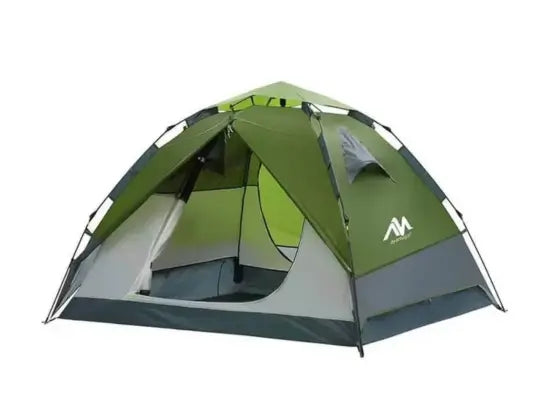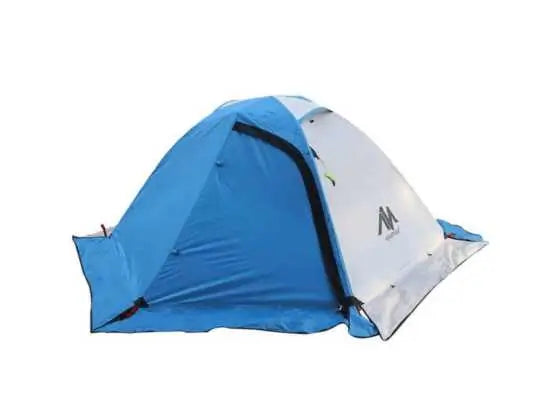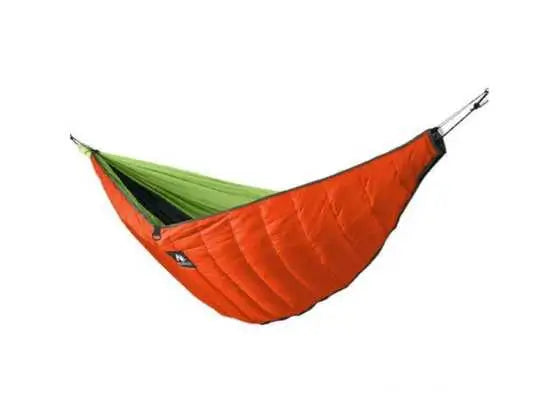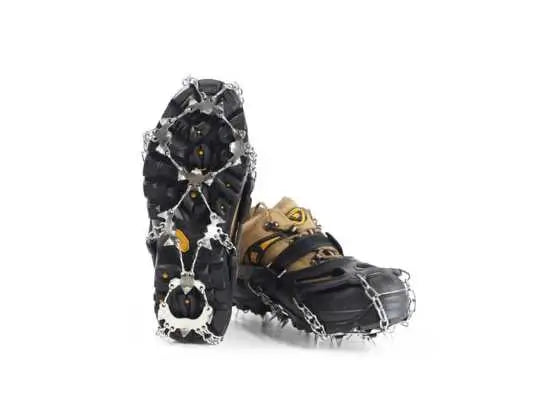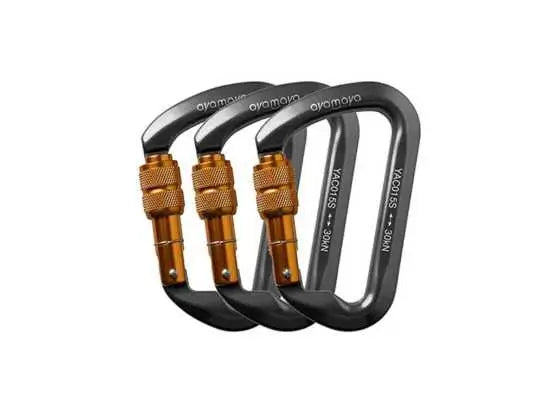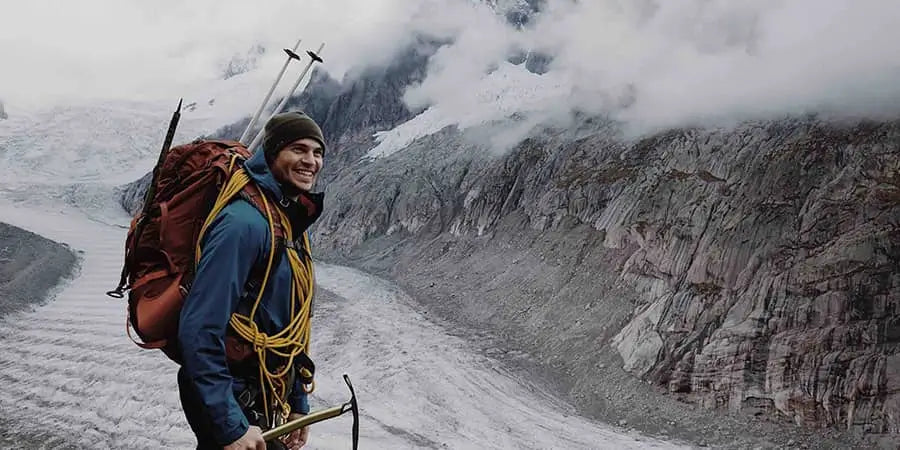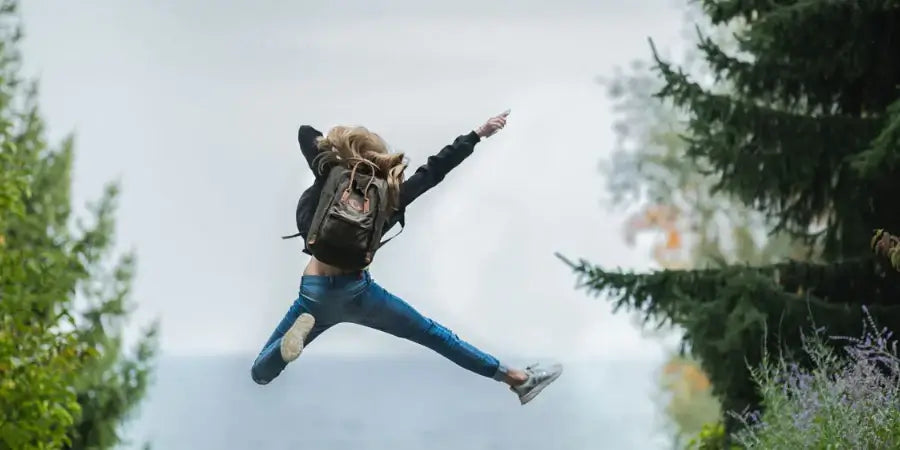You need ten essentials for successful mountain hiking. The phrase “10 Essentials” refers to all the equipment you must bring on any trek to be adequately equipped for the unforeseen. Our article covers the ten hiking necessities in detail, but we’ve summarized them below with a focus on winter hiking.
Electronic GPS, a paper map and a compass
When trekking in the snow, navigation and communication can be very difficult, especially if the snowpack is deep enough to obscure path markers and signage. Bring a backup navigational aid in addition to the one you are already accustomed to using!
Electronic GPS systems can be very helpful in ensuring that you stay on the route, but all batteries will deplete considerably more quickly in the winter than in the summer. Bring an extra battery bank to keep them charged, and put them in a warm pocket. Even if you have a GPS, you should still carry a paper map, and compass kept dry in a plastic bag.
A satellite communication device
A 2-way satellite communicator and SOS device, such as the Garmin inReach Mini, may also be something you want to think about. With this, you can text an emergency contact even when there is no cell coverage, and if things become really bad, you can transmit an SOS signal so that Search & Rescue can locate you.
Sun protection
In the dead of winter, it’s simple to forget about sun protection, yet sunlight that reflects off of snow can expose you to more UV rays than you would on a scorching summer day. Apply full-spectrum sunscreen to all exposed skin, including your lips, the area under your chin, and your ears! Additionally, you should bring UV eye protection, such as sunglasses or goggles (useful in windy conditions to keep your eyes from watering). Look for eyewear that completely filters out UVA/UVB or UV400 (these are two different ways of stating the same thing).
Extra Clothing
It is winter, and the conditions will not be the same, so ensure that you have extra warm Clothing in case things get tough. The most crucial thing to remember is to take spare essentials like socks and insulation layers. You’ll be grateful you brought the extra weight if your down jacket or socks get wet because it will prevent a possibly deadly (or, at the very least, really uncomfortable) situation.
Water
Because it is a hike, you will be burning more calories, so you must have enough water to enable your body to regulate temperature properly. Staying properly hydrated helps your body regulate temperature, so bringing more than you think you’ll need is crucial.
You’ll probably need more water than on a light summer trek because hiking in snow requires a lot of effort, your body is already working harder to remain warm, and winter air is dryer. A compact backpacking stove or quick water boiler, such as a Jetboil, can be brought along to melt snow if you’re going on a long trip and don’t want to carry it all from the trailhead.
Headlamp

Since the days are short and the hiking can be tedious in the winter, it is essential to have a fully charged headlamp (or one with a spare set of batteries). Consider how challenging it would be to navigate in the dark in addition to the snow. Keep it in a warm pocket if the weather is particularly chilly to avoid the batteries from dying. Maybe you should consider the best-selling Ayamaya flashlight, which has an adjustable Headband for Adults and Children. You will need a convenient option here that allows you sensor options, and at least the batteries should be rechargeable.
First aid kit
Everything you need to mend yourself and your gear is in the first aid and repair kit. We bring the same first aid equipment we would in the summer, but we’ll also include a space blanket and hand and toe warmers.
Food
Notice that you are hiking in winter, and your body needs lots of energy to replenish the energy you use to generate heat. If you correctly fuel your body’s metabolic furnace, it will assist in keeping you warm on the path! Bring more hiking snacks than you think you’ll need on your excursion. Aim for a combination of carbs for energy that is available fast and fats for a slower burn. Have a protein-rich snack prepared for when your hike concludes because protein will aid in recovery.
A knife
You may be wondering why the knife will be necessary! Well, you may have to do your repairs, and I am not sure if any repair will be possible without a sharp blade or, rather, a knife. It is essential for a successful winter hiking.
Firelighter, a stove or anything that can supplement fire
Bring a lightweight stove or Jetboil, dry tinder, and a weatherproof Firestarter. Having backups for this essential is a good idea in case your first one breaks or becomes wet. A technique to remain warm will be essential if an emergency leaves you stranded outside all night.
Emergency Shelter
You can go on your day trip without bringing a real tent. But if you have to stop for a while, you should be prepared with some shelter to retain your body heat and keep the wind and rain off of you. There are many options because you may not necessarily need a tent, but something that can help in an emergency.
Summary
To conclude, winter hiking is a fun expedition and will help you if you have your routines and you won’t allow a change in seasons to hinder it. It is possible when you have all the things well set. Just ensure that you have all the essentials, and things will be smooth. You also need to know the place you will be hiking to help you decide on the best snowshoes.

